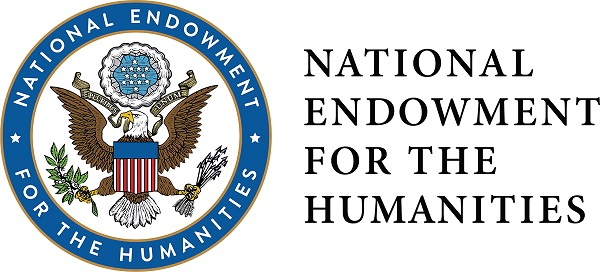
US Government Documents related to Indigenous Nations
Sponsor
Frank H. H. Roberts Jr.
Committee
Bureau of American Ethnology
Congress
87th Congress, 2d Session
Files
Download Full Text (33.7 MB)
Description
Published as a series sponsored by the Smithsonian Institution Bureau of American Ethnology, the “River Basin Surveys Papers” are a collection of archeological investigations focused on areas now flooded by the completion of various dam projects in the United States. The River Basin Surveys Papers (numbered 1-39) were mostly published in bundles, with 5-6 papers in each bundle. In collaboration with the United States (US) National Park Service and the US Bureau of Reclamation, the US Department of the Interior, and the US Army Corps of Engineers, the Smithsonian Institution pulled archeological and paleontological remains from several sites prior to losing access to the sites due to flooding. The Smithsonian Institution calls this project the Inter-Agency Archeological Salvage Program.
Paper number 33 discusses the excavation of the Paul Brave site (also known as the Fort Yates site), a location that the authors refer to as a pre-historic village. The site was first investigated in 1947 by Gordon W. Hewes from the University of North Dakota. The North Dakota State Historical Society later sponsored a full-scale excavation in 1955. Permission for this excavation was granted by the Standing Rock Tribal Council. The authors indicate that this site is significant because it was one of the first villages in the area. It is presumed to have been a Mandan village which the authors estimate was occupied between 1300 and 1400 A.D. Excavation of the site yielded several houses, pottery, works in bone, works in chipped and ground stone, animal and plant remains. This site was flooded by completion of the Oahe Dam. This paper contains photographs, illustrations, text figures, and maps.
Publication Date
1-1-1962
Keywords
Mandan Hidatsa and Arikara Nation, the Three Affiliated Tribes of the Fort Berthold Reservation, Mandan, Nueta, Standing Rock Sioux, Standing Rock Nation, Íŋyaŋ Woslál Háŋ, Archeological Salvage Program, Oahe Dam, Oahe Reservoir, Missouri River, Paul Brave site, excavation, anthropology, ethnology, houses, artifacts, chipped stone, ground stone, bone, pottery, 14th century, fourteenth century, 15th century, fifteenth century
Organizations Referenced
Mandan Hidatsa and Arikara Nation, the Three Affiliated Tribes of the Fort Berthold Reservation, Mandan, Nueta, Smithsonian Institution, Bureau of American Ethnology, US National Park Service, US Bureau of Reclamation, US Department of the Interior, US Army Corps of Engineers, University of North Dakota, North Dakota State Historical Society, Standing Rock Sioux, Standing Rock Nation, Íŋyaŋ Woslál Háŋ, State Historical Society Museum in Bismarck
People Referenced
Gordon W. Hewes, David Black Hoop, Frank H. H. Roberts Jr., W. Raymond Wood, Alan R. Woolworth
Publisher
Government Printing Office
Disciplines
American Politics | Indigenous, Indian, and Aboriginal Law | Indigenous Studies | Law and Politics | Native American Studies | United States History
Recommended Citation
Wood, Raymond R. and Alan R. Woolworth. River Basin Surveys Papers, No. 33: The Paul Brave Site (32SI4), Oahe Reservoir Area, North Dakota, Washington, D.C.: Government Printing Office, 1962. https://commons.und.edu/indigenous-gov-docs/72/.

Included in
American Politics Commons, Indigenous, Indian, and Aboriginal Law Commons, Indigenous Studies Commons, Law and Politics Commons, Native American Studies Commons, United States History Commons
Cultural Institutions Notice

Attribution Incomplete
Collections and items in our institution have incomplete, inaccurate, and/or missing attribution. We are using this notice to clearly identify this material so that it can be updated, or corrected by communities of origin. Our institution is committed to collaboration and partnerships to address this problem of incorrect or missing attribution.

Open to Collaborate
Our institution is committed to the development of new modes of collaboration, engagement, and partnership for the care and stewardship of past and future heritage collections.

